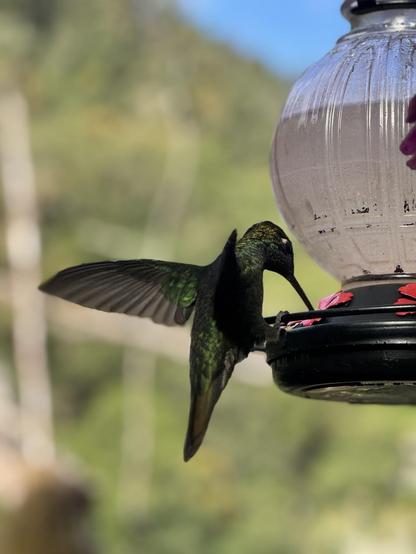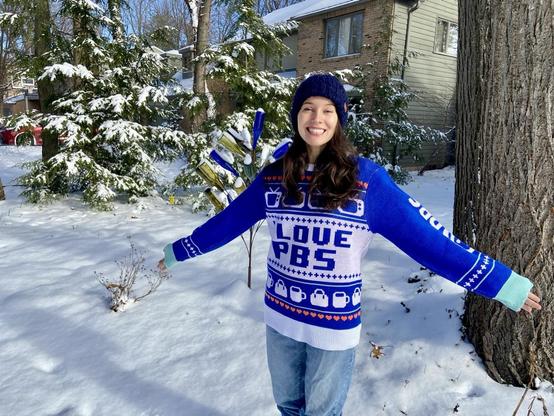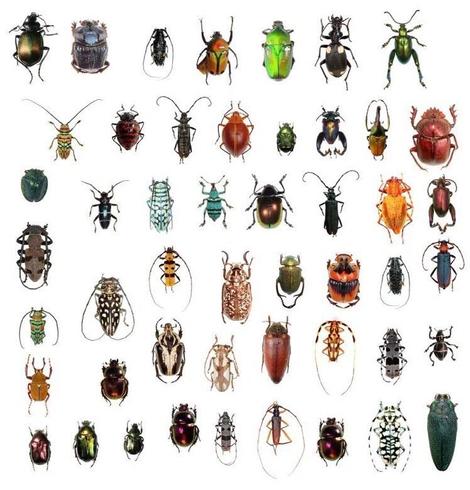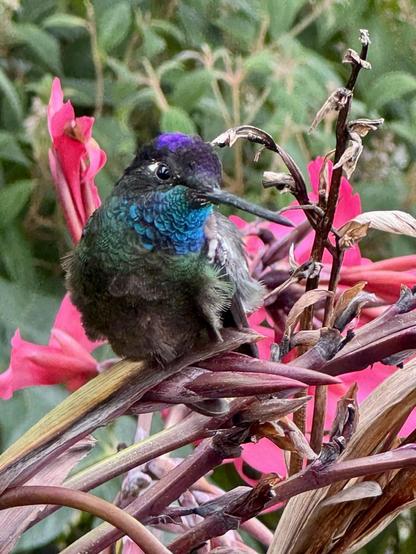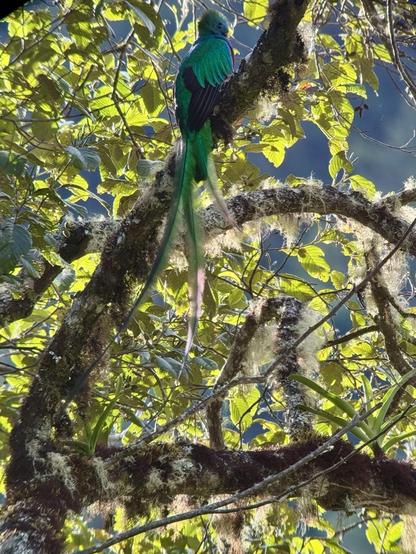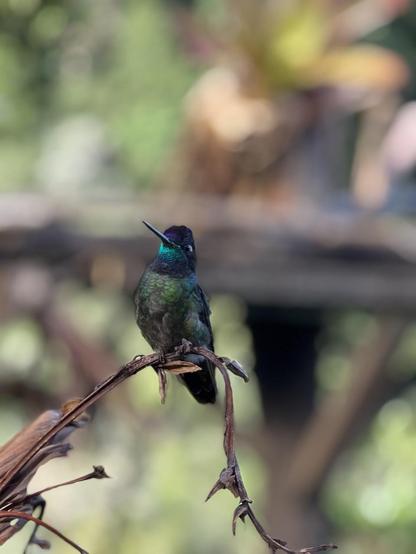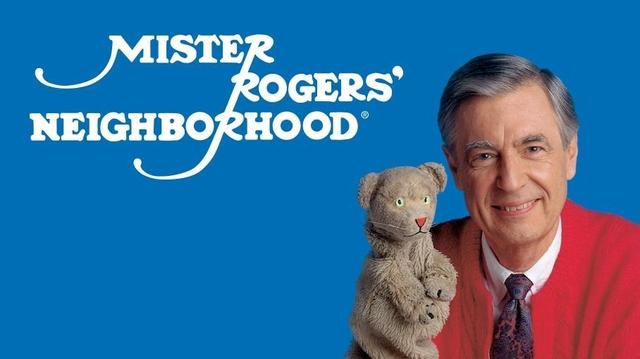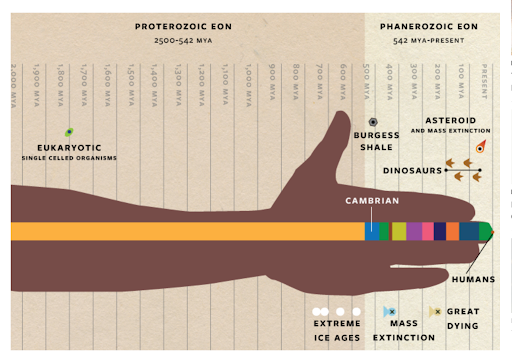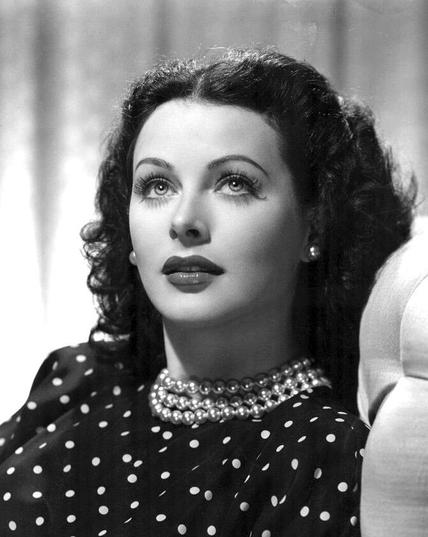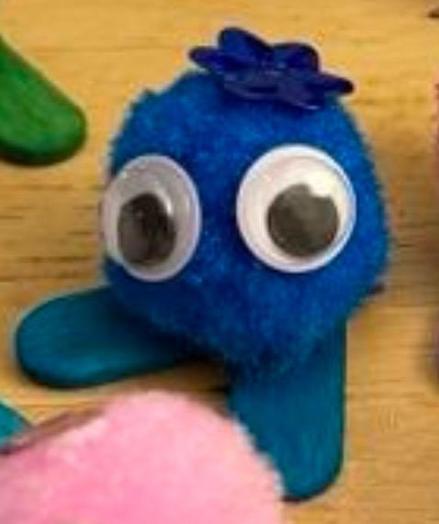CFR fellow in the U.S. Senate. Scientist. Author. Host of PBS Serving Up Science. #HistoryRemix for stories of diverse trailblazers in science & the arts. #SharedPlanet to explore biodiversity
This is a good weekend to show your local public media station support! 🌈
Kennedy Calls Autism ‘Preventable,’ Drawing Ire From Researchers 🙄
Hey RFK Jr, you know what is preventable?
Measles.
There are currently over 8 billion people on Earth. Yes, that’s a lot BUT there are about 1.4 billion insects for every human. Combined, they weigh about 70x more than all of us.
And insects have been around for over 350 million years. That's longer than the dinosaurs. Modern humans only showed up between 200-300,000 years ago.
We need insects to survive. They don't need us. This is their world. #science #history
@martinvermeer well yes and no. This talk is broadly about the social factors some early population models missed.
Given the White House wants U.S. women to have more babies, my talk “Rethinking Population” from 2014 seems particularly relevant.
The key theme is that all around the world, women with an education, the ability to enter the workforce & access to healthcare & medicine choose to have fewer children.
https://youtu.be/JtyAQ2JK6E8?si=PmQz483ew4wWrgxm
Where do fertility rates remain high? In places where child mortality is high, health conditions are poor & women don’t have as much autonomy & opportunity. #uspol #Trump
@MEActNOW Chalk added to milk was the least of it.
While researching a story on this for radio, I learned they also used plaster of paris and pureed calf brains.
A lot of people, including children died. #Food safety regulation is critical. https://www.theatlantic.com/magazine/archive/2018/11/crushed-bugs-calf-brains-and-other-wholesome-staples-of-the-past/570793/ #health #uspol
Quetzals are magnificent.
#birds #nature #photography
I made a new friend this afternoon.
#birds #nature #photography
@BashStKid I currently work in Congress as a scientist. There are many of us here working very hard right now. But I’d love to see a lot more.
@TexanPolecat donate to your local stations if possible. Particularly in rural areas.
I’m so grateful for PBS & NPR. 🌈
If the programs & people of public media have also enriched your lives, *now* is the time to show your support.
Born in 1914, Hedy Lamarr was a famous American actress who pioneered the technology that would lead to WiFi, GPS, cell phones & Bluetooth communication.
Lamarr was brilliant. Among many fascinating inventions, she developed a new communication system with composer George Antheil that used “frequency hopping” among radio waves.
Once called the “most beautiful woman in the world," Lamarr is now remembered as "the mother of Wi-Fi."
https://www.smithsonianmag.com/smithsonian-institution/thank-world-war-ii-era-film-star-your-wi-fi-180971584/ #science #history
I’m rather partial to this one.
I helped the 8yo with his 2nd grade project. Choose your player!
North Woods by Daniel Mason was good. Especially if you like history, fiction & plants. 🌱
Next up: Pachinko by Min Jin Lee
About 250M years ago, 90% of species on Earth died during the Permian extinction. All of that loss created a lot of vacant niches to fill.
And not long after, the first mammals, our ancestors, appeared.
Life on this pale blue dot will be resilient - whether we’re part of it or not. #science #nature #history
